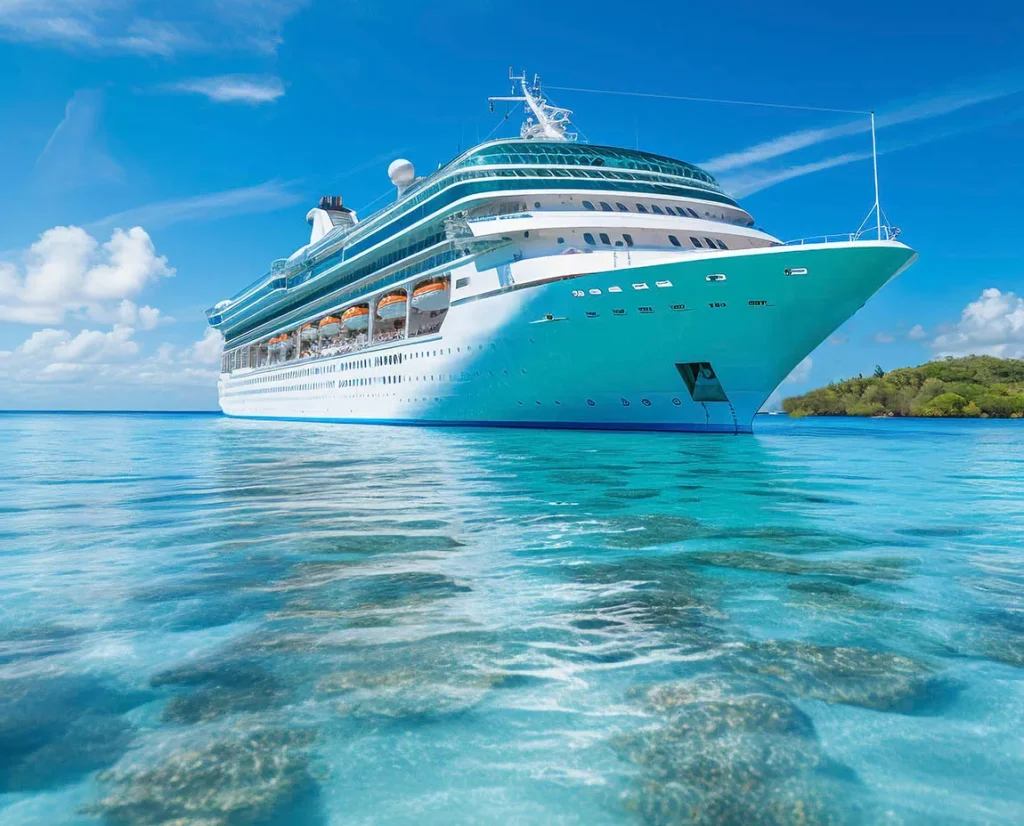When traveling to Europe, one of the most common questions is: How much cash do I actually need? With the rise of digital payments, contactless cards, and mobile wallets, carrying large amounts of cash is no longer necessary—but having some local currency on hand can be incredibly useful. So, how much should you bring, and what’s the best way to access cash while abroad? Let’s break it down.
1. Is Cash Still Necessary in Europe?
For the most part, Europe is extremely card-friendly. Credit cards, debit cards, and mobile payments like Apple Pay and Google Pay are widely accepted, especially in major cities and tourist areas. However, there are still situations where cash is essential, such as:
- Small purchases in rural areas – Think local markets, small cafés, or family-run restaurants that may not accept cards.
- Public restrooms – Many public toilets charge a small fee (€0.50 to €1) and often only take coins.
- Tipping for services – While tipping isn’t expected in the same way as in the U.S., it’s still appreciated for excellent service in restaurants, taxis, and hotels.
- Street vendors and transportation – Some taxis, buses, and metro kiosks in smaller towns may only take cash.
2. How Much Cash Should You Have Per Country?
The amount of cash you need varies by country, but here’s a general guideline for what’s reasonable to have in your wallet at any given time:
Western Europe (France, Germany, Spain, Italy, Netherlands, etc.)
- Recommended daily cash: €50-€100
- Why? Cards are widely accepted, but having €50 in small denominations (€5, €10, €20) is helpful for smaller transactions.
Scandinavia (Norway, Sweden, Denmark, Finland, Iceland)
- Recommended daily cash: €20 or less (or the equivalent in local currency)
- Why? These countries are nearly cashless, and most transactions are done via card or mobile payment. Some places, like Sweden, don’t accept cash at all!
Eastern & Southern Europe (Greece, Hungary, Czech Republic, Poland, Croatia, Portugal, etc.)
- Recommended daily cash: €50-€150 (or the equivalent in local currency)
- Why? Smaller establishments, markets, and local transportation in these areas still rely on cash.
3. Where and How to Get Local Currency
💳 Use ATMs Upon Arrival
Instead of getting cash at the airport (where exchange rates are poor), withdraw local currency from an ATM using a debit card. Look for reputable bank ATMs (avoid private ATMs like Euronet, which charge high fees).
🏦 Exchange Small Amounts Before Departure
If you prefer peace of mind, exchange $100-$200 into euros or other local currency before you leave, just to have cash for immediate expenses like taxis or food upon arrival.
🚨 Avoid Airport and Hotel Exchanges
Airport kiosks and hotel currency exchanges charge high fees and have poor rates. Stick to ATMs or official currency exchange locations if needed.
🚫 Decline Dynamic Currency Conversion (DCC)
If an ATM or card machine asks if you want to be charged in your home currency (USD) or local currency—always choose local currency! This avoids extra conversion fees.
4. Best Payment Methods to Use in Europe
- Credit Cards (Visa/Mastercard) – Best for hotels, restaurants, and major stores. Look for cards with no foreign transaction fees.
- Debit Cards – Ideal for ATM withdrawals and everyday spending if you don’t want to use a credit card.
- Mobile Payments – Apple Pay and Google Pay are accepted in most of Europe, especially in larger cities.
- Prepaid Travel Cards – Some travelers prefer these for security, but they often come with high fees.
5. Safety Tips for Carrying Cash in Europe
- Never carry all your cash at once – Keep some in your wallet and the rest in a secure spot (hotel safe, money belt, or hidden pocket).
- Beware of pickpockets – Tourist-heavy areas like Paris, Rome, and Barcelona are known for skilled pickpockets. Be aware of your surroundings.
- Use RFID-blocking wallets – These prevent digital theft of your card information.
- Have a backup card – Keep an extra credit card separate in case one is lost or stolen.
Final Verdict: How Much Cash Should You Have?
For a typical trip to Europe:
- Bring around €100-€200 in cash to start.
- Withdraw small amounts as needed from ATMs.
- Use credit cards without foreign transaction fees for most purchases.
This way, you’re covered for cash-only situations without carrying excessive amounts. Europe is designed for digital transactions, but a little cash goes a long way when you need it.
Let’s Plan Your Perfect European Adventure!
Not sure which currency to bring for your specific itinerary? Need help planning your trip to maximize ease and comfort? Let’s work together to create a seamless travel experience tailored to you. Book a consultation today!




